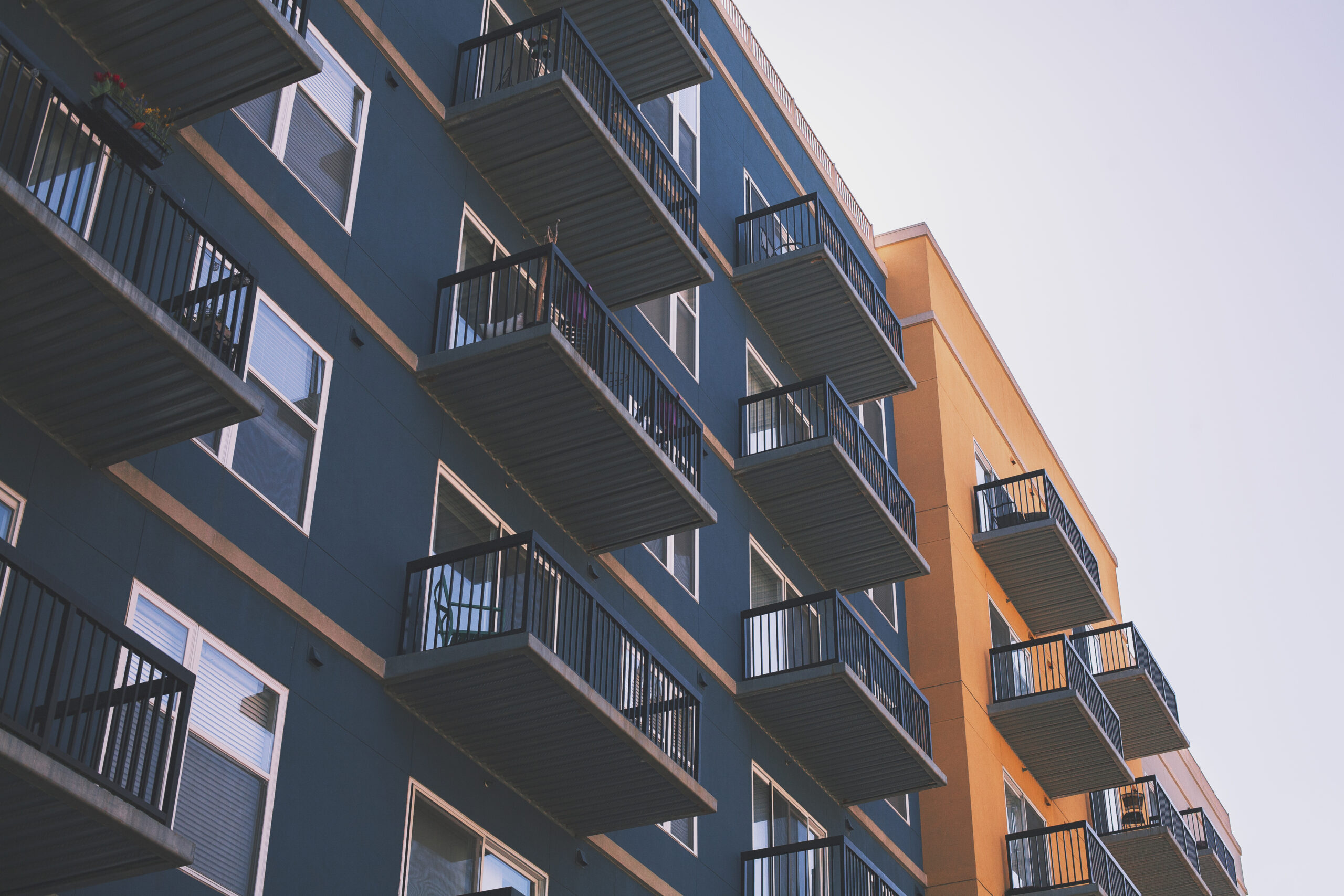Demand for global distressed property was on the rise at the end of last year, and the trend doesn’t seem to be slowing down, says a PropertyWire article published February 10, 2012.
Demand for distressed property is rising in more countries than it was previously, according to the results of the latest Global Distressed Property Monitor from the Royal Institution of Chartered Surveyors published today (Friday 10 February).
The quarter four survey shows that respondents in 21 of the 25 countries included in the report indicated that interest in distressed assets increased during the fourth quarter, higher than the 19 in the previous quarter.
Demand from specialist funds rose at the fastest pace in Scandinavia, where 45% more respondents saw interest rise, rather than fall. This was closely followed by the United Arab Emirates, Italy, France and Japan. Only three countries reported falling investor appetite in; China, Singapore and the Czech Republic.
Despite this, the level of distressed property coming to market is set to continue rising into the first quarter of 2012, the survey suggests. Respondents in 17 countries expect supply to increase, and at the fastest pace in euro area markets.
Some 87% of respondents in the Republic of Ireland anticipate more foreclosed selling in the first three months of 2012, followed by Portugal, Spain and Italy at the top of the rankings. RICS says that the ongoing sovereign debt crisis in the eurozone is clearly weighing on sentiment, as property professionals in even France and Germany also anticipate more distressed selling.
‘The economic news flow remains mixed at best, and sentiment in the real estate sector is still fragile in much of the world as a consequence. In particular given the ongoing and intensifying problems in Europe, it is little surprise that respondents in many of these countries are more pessimistic,’ said Simon Rubinsohn, RICS chief economist.
‘That said, the rise up in the number of countries reporting rising investor appetite for distressed assets maybe viewed as an indication that prices in the market place are getting closer to offering value,’ he added.




